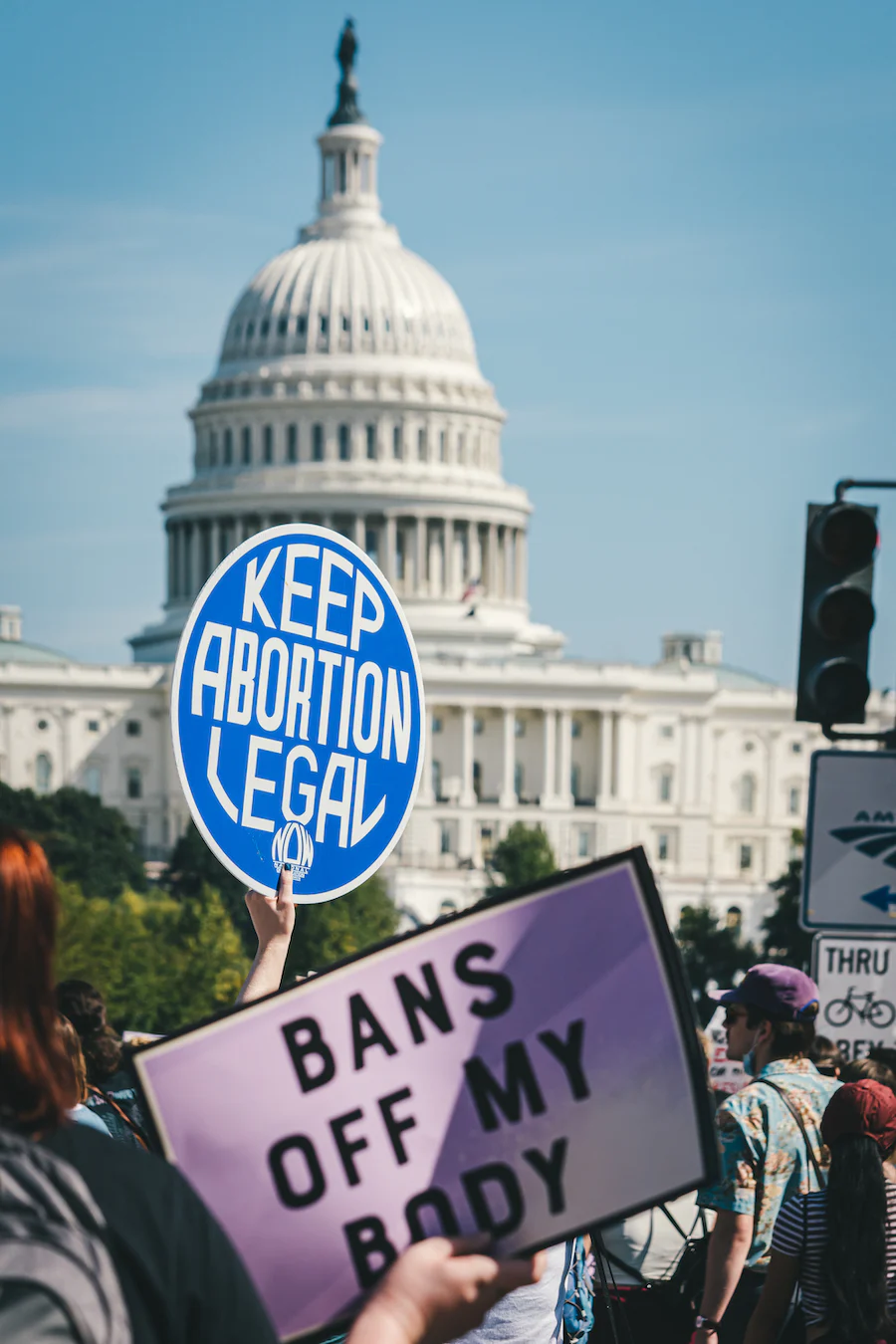
A detailed study following key US Supreme Court ruling
On June 24, 2022, the US Supreme Court issued a landmark decision in Dobbs v. Jackson Women’s Health that overturned Roe v. Wade and returned the authority to ban abortion to the states. Within hours of the decision, bans began to sweep the country, causing people seeking abortions to flood across state borders to the places where it remained legal. An unknown but potentially large number of people seeking abortions also likely turned to self-managing abortions by ordering abortion medications through extra-legal organizations such as Aid Access that will ship the medications into states where abortion has been banned.
In our new IZA Discussion Paper, we use newly-released natality data covering the first half of 2023 to provide the first evidence on how this earthquake in the landscape of abortion access is affecting births. We pre-registered an analysis plan using a method that compares trends in births in states enforcing total bans on abortions to trends in a carefully-selected group of control states. We show that births in both groups of states were trending very similarly right up until the moment that abortion bans took effect, at which point there is a sharp divergence in the 13 states that were the first to enforce total bans.
We estimate that total abortion bans increased births by an average of 2.3%, or about 30,000 births annually. The results are not felt equally across all demographic groups or ban states, however. We find the largest effects for young women and women of color. And across states, the estimated increases in births vary from 0.4% in Missouri to more than 5% in Texas. We observe that the states that exhibit the greatest increase in births are those that, by virtue of land area and the geography of bans, had the greatest increases in driving distances to states where abortion remains legal.
Prior to this analysis, we had no solid evidence on just how many people seeking abortions were deterred by bans and didn’t “find a way” to access abortion, either by traveling to a non-ban state or by self-managing abortion. These results suggest that while many people are finding a way, a significant minority of abortion seekers are giving birth as a result of bans. As a rough back-of-the-envelope calculation, we compare the estimated increase in births to 2020 resident abortion counts, and estimate that about a fifth to a fourth of people seeking abortions were deterred by the bans.
Whether and how these effects will continue to evolve remains to be seen. Our paper estimates the effects of bans enforced in the first six months following the Dobbs decision. As more time passes, changes in sexual behavior and/or access to self-managed abortion induced by policy or otherwise, may begin to mitigate the fertility shocks. On the other hand, it also is possible that ban states will effectively limit interstate travel and/or self-managed abortion options, or that the Supreme Court will curtail access to medication abortion in a second major abortion case that is looming.
For now, what we know is that the immediate impacts of the Dobbs decision included an increase in births.
© Daniel Dench, Mayra Pineda-Torres, and Caitlin Knowles Myers
Daniel Dench is Assistant Professor at Georgia Tech’s School of Economics
Mayra Pineda-Torres is Assistant Professor at Georgia Institute of Technology
Caitlin Knowles Myers is Professor at Middlebury College and IZA Research Fellow
Please note:
We recognize that IZA World of Labor articles may prompt discussion and possibly controversy. Opinion pieces, such as the one above, capture ideas and debates concisely, and anchor them with real-world examples. Opinions stated here do not necessarily reflect those of the IZA.
Related IZA World of Labor content:
How does the one child policy impact social and economic outcomes? by Wei HuangCan government policies reverse undesirable declines in fertility? by Elizabeth Brainerd
Teenage childbearing and labor market implications for women by Phillip B. Levine
Fertility postponement and labor market outcomes by Massimiliano Bratti
Photo by Gayatri Malhotra on Unsplash